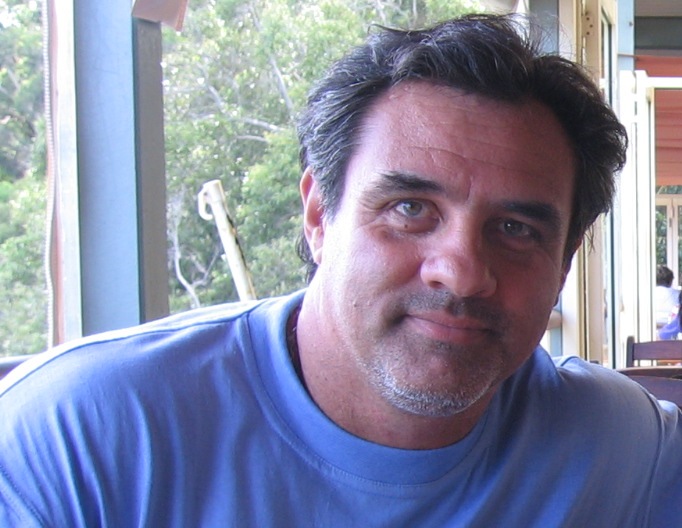The Origin of the Crossword Puzzle
Crossword Casualties
Some folks were driven over the edge by the craze. In 1924, a Chicago woman sued her husband for divorce, claiming "he was so engrossed in solving crosswords that he didn’t have time to work." The judge ordered the man to "limit himself to 3 puzzles a day and devote the rest of his time to domestic duties." In 1925, a New York Telephone Co. employee shot his wife when she wouldn’t help with a crossword puzzle. And in 1926, a Budapest man committed suicide, leaving an explanation in the form of a crossword puzzle. (No one could solve it.) Eventually, the craze died down. It took The New York Times to revive it.
Today, The New York Times crossword puzzle is considered the puzzle of choice for hardcore addicts, but that hasn’t always been true. Believe it or not, the Times resisted crosswords for more than two decades.Here’s the story of how the newspaper changed its mind...<<
Some folks were driven over the edge by the craze. In 1924, a Chicago woman sued her husband for divorce, claiming "he was so engrossed in solving crosswords that he didn’t have time to work." The judge ordered the man to "limit himself to 3 puzzles a day and devote the rest of his time to domestic duties." In 1925, a New York Telephone Co. employee shot his wife when she wouldn’t help with a crossword puzzle. And in 1926, a Budapest man committed suicide, leaving an explanation in the form of a crossword puzzle. (No one could solve it.) Eventually, the craze died down. It took The New York Times to revive it.
Today, The New York Times crossword puzzle is considered the puzzle of choice for hardcore addicts, but that hasn’t always been true. Believe it or not, the Times resisted crosswords for more than two decades.Here’s the story of how the newspaper changed its mind...<<
Arthur Wynne was a writer for the game page of the New York World at the turn of the 19th century. One winter afternoon in 1913, while trying to think up new types of games for the newspaper’s special Christmas edition, he came up with a way to adapt the "word squares" his grandfather had taught him when he was a boy. But in the new puzzle Wynne came up with, the "across" words were different from the "down" words. Wynne’s puzzle, which he called a "Word-Cross," debuted on Sunday December 21 as planned. And it was well-received. Four weeks after the puzzle first appeared, typesetters at the newspaper inadvertently transposed the words in the title to read "Cross-Word." the name stuck M. Lincoln Schuster (R) and Ricahrd L. Simon (L) made a deal with the paper’s crossword puzzle editors They would pick the newspaper’s best crossword puzzles and publish them in a book. The pair then used all their money to print The Cross Word Puzzle Book. literally an overnight success |

No comments:
Post a Comment